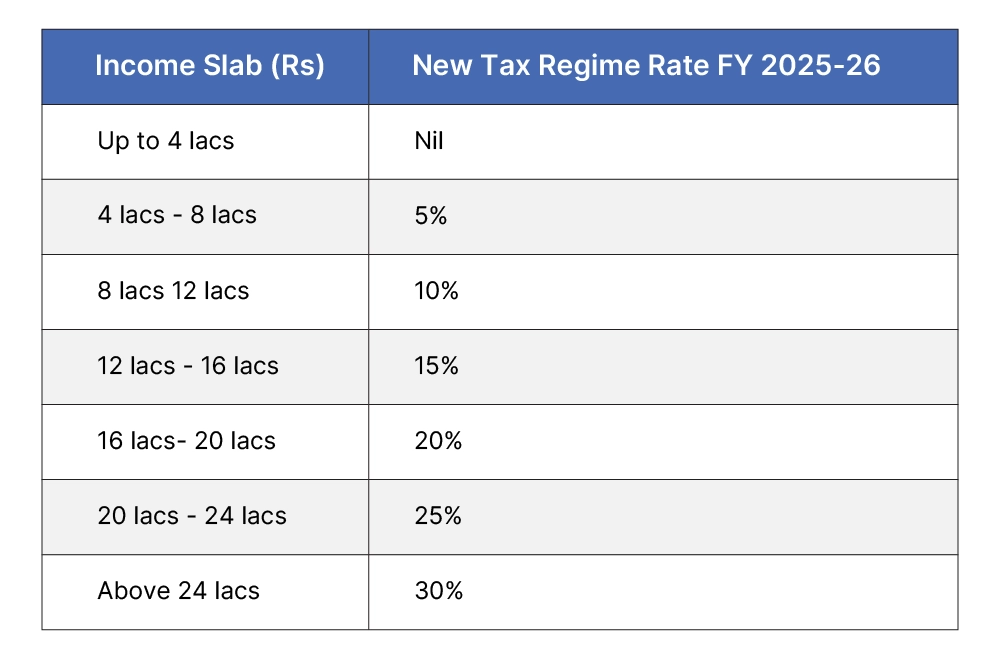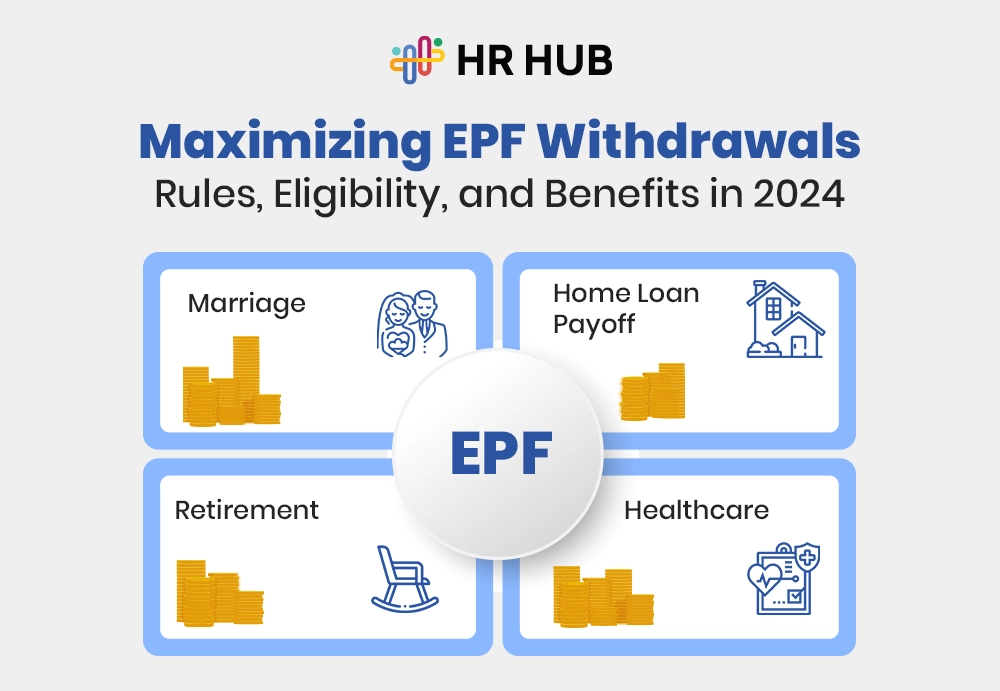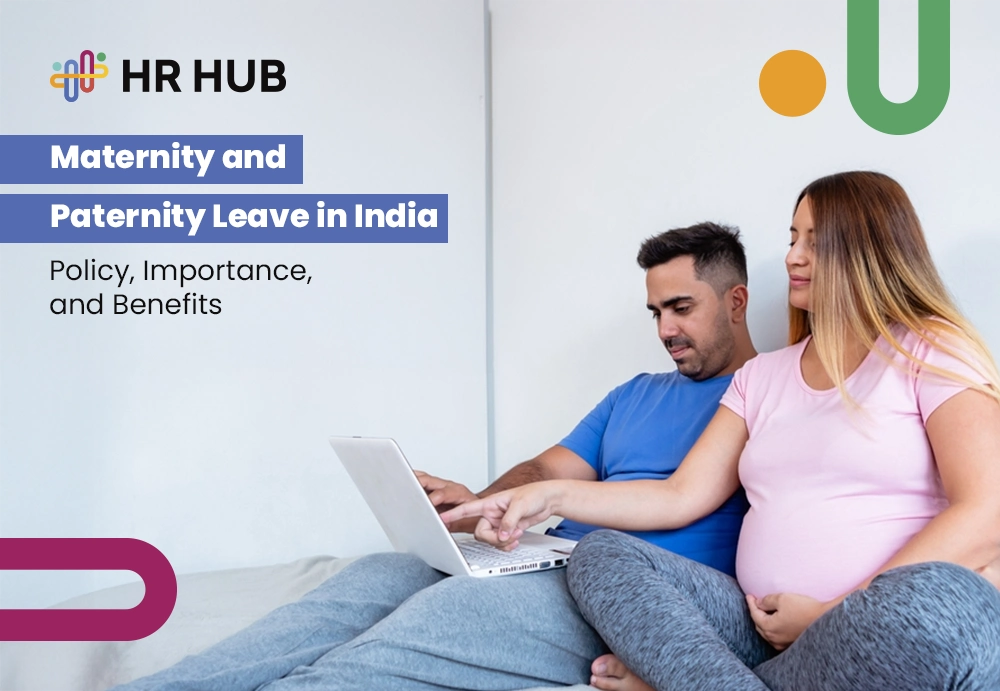Simpler taxes. Fewer deductions. Bigger decisions.
That’s the story Section 115BAC tells — and with Budget 2025 reinforcing it as the future of India’s tax system, it’s time we all sat up and paid attention.
Whether you’re a salaried employee, a freelancer, or someone who dreads Excel sheets every March, this guide is your one-stop read to understand:
- What Section 115BAC is,
- What the New Tax Regime offers in 2025,
- Which deductions still apply,
- And whether it makes sense for you to switch.
Let’s get into it.
What Exactly is Section 115BAC?
Section 115BAC was introduced in the Union Budget of 2020 to shake up how India handles personal income tax. Instead of layering deductions and exemptions like toppings on a pizza, this regime stripped it down to the basics: lower tax rates in exchange for fewer deductions.
Fast forward to Budget 2023, and a major policy shift happened: the New Tax Regime under Section 115BAC became the default tax system from FY 2023-24 onward. In Budget 2025, the government has clarified that the New Regime is here to stay.
But don’t worry: you still have the option to opt-out and go back to the Old Regime if it makes more financial sense.
So, in short, Section 115BAC gives you a choice:
- New Tax Regime (default): Lower rates, fewer deductions.
- Old Tax Regime (optional): Higher rates, but with a buffet of deductions.
But which should you choose? Let’s break it down.
115BAC Slab Rates Under New Regime
The Union Budget 2025 introduced significant changes to the new tax regime. These changes are expected to provide significant tax relief to the middle class and make the new tax regime more appealing.

The following other advantages have also been offered to taxpayers choosing the new regime:
- Salaried employees now get a standard deduction boost to ₹75,000 (up from ₹50,000).
- Pensioners aren’t left behind either — the family pension deduction jumps to ₹25,000.
- And here’s a quiet win: employers can now contribute up to 14% of your salary to your pension fund (NPS), and you get the tax benefit.
What is the Eligibility for Section 115BAC?
If you’re an individual or part of a Hindu Undivided Family (HUF), and your income doesn’t come from a business or profession — congrats, you qualify to hop aboard the new regime.
But there’s a catch: most of your usual tax-saving tricks won’t work here. Think of it as a minimalist approach to tax planning. You do still get a few cushions like:
- Standard deduction of Rs. 75,000
- Family pension deduction of Rs. 25,000
- Long-term capital gains exemption up to Rs. 1.25 lakh
- Deductions under Chapter VIA (excluding 80CCD and 80JJAA) and sections 24b, 10, 32, 35, etc., should not be claimed.
- Exclusions under Sections 10, 10AA, and 16 should be considered.
- Carry forward losses from deductions or owning a house cannot be set off.
- No exemptions or deductions for allowances or perquisites are allowed.
- Depreciation under Section 32(iia) cannot be claimed.
- Deductions specified under sections 35/35AD/35CCC
- Clause (iia) of Section 57.
- Eligibility is calculated without considering losses from the above deductions in previous years or from real estate ownership.
Exemptions and Deductions That Are Not Claimable Under the New Regime
Some major deductions and exemptions that cannot be claimed under the new tax regime are given below -
- The standard deduction under section 80TTB/80TTA.
- Entertainment allowance and professional tax on salaries.
- Leave Travel Allowance (LTA).
- House Rent Allowance (HRA).
- Helper allowance
- Minor child income allowance.
- Allowance to MPs/MLAs
- Special allowances under section 10(14).
- Children's education allowance.
- Additional Depreciation under section 32(1)(iia).
- Deductions under section 32AD, 33AB, and 33ABA.
- Deductions for donations or expenses related to scientific research are available under sections 35(2AA), 35(1)(ii), 35(1)(iia), and 35(1)(iii).
- Deductions under section 35AD and 35CCC.
- Interest on housing loan on the self-occupied property or vacant property.
- Chapter VI-A deductions (except Section 80CCD(2) and Section 80JJAA).
- Exemption and deduction for allowances and other perquisites, including food allowance of Rs.50 per meal to a maximum of 2 meals a day.
- Donations are made to a trust or a political party.
- Employee’s own contribution to NPS.
Deductions That Are Allowed Under the New Tax Regime
Despite the long list of deductions unavailable under the new regime, it still offers various other tax-saving options. The various deductions and exemptions available under the new tax regime are given below -
- Transport allowance is provided to specially-abled persons.
- A conveyance allowance was received as compensation for the expenditure incurred as a part of the employment.
- Allowance is received to meet the expenses of tour, transfer, or travel.
- Daily allowance received to meet the ordinary expenses due to his absence from the place of duty.
- Perquisites received for official purposes.
- Exemption on voluntary retirement under section 10(10C), leave encashment u/s 10(10AA) and gratuity under section 10(10).
- Interest on a home loan on the let-out property (section 24).
- Gifts received upto Rs.50,000.
- Deduction for employer’s contribution to NPS account under section 80CCD(2). The deduction under this section has been increased from 10% to 14% of the salary in budget 2024.
- Deduction for additional employee cost.
- The standard deduction is Rs.75,000 under the new regime, applicable from FY 23-24.
- Deduction for family pension scheme under section 57(iia) upto a maximum of Rs.25,000.
- Deduction of the amount deposited or paid in the Agniveer Corpus Fund under section 80CCH(2).
Deductions Excluded from Business Income Under the New Regime
Deductions and exemptions that cannot be claimed against business income include:
- Additional depreciation (Section 32)
- Investment allowance (Section 32AD)
- Sector-specific deductions (Sections 33AB and 33ABA)
- Expenses on scientific research (Section 35)
- Capital expenditure deductions (Section 35AD)
- SEZ unit exemption (Section 10AA)
Section115BAC for Taxpayers having Business Income
Under Section 115BAC of the Income Tax Act, taxpayers with business income can choose between the old tax regime (with deductions and exemptions) and the new tax regime (with lower tax rates but no deductions). However, this choice comes with specific conditions:
- If a taxpayer opts for the new tax regime, it will remain applicable for all subsequent financial years.
- The taxpayer must intimate their employer (if applicable) about this choice.
- Unlike salaried individuals who can switch between regimes every year, business taxpayers cannot change their choice annually.
- They can revert to the old tax regime only once in their lifetime, and once they switch back, they cannot opt for the new tax regime again unless allowed under specific prescribed conditions.
House Property Loss Under the New Tax Regime
Under the new tax regime, you cannot claim a deduction for housing loan interest on a self-occupied property. The Rs 2 lakh deduction available under the old regime is not applicable here, and you cannot offset the Rs 2 lakh loss from house property against your salary income.
You can claim a deduction for interest paid on the housing loan for let-out properties. However, unlike the old regime, the new tax regime limits the deduction to the taxable rent received. You cannot offset any loss from the house property caused by excess interest paid over the rental income, against other income heads. The loss from house property also cannot be carried forward to future years for set-off.
Final Take: Is Section 115BAC Right for You?
The answer lies in your own income and investment habits:
The Old Regime might save you more money if you actively use 80C, HRA, and other deductions.
But if you value simplicity, hate tax-season stress, and don’t max out your exemptions — the New Regime under Section 115BAC is built for you.
Either way — don't guess. Use a regime comparison calculator or speak to a tax expert before you file.
Because choosing the wrong one could cost you thousands.






